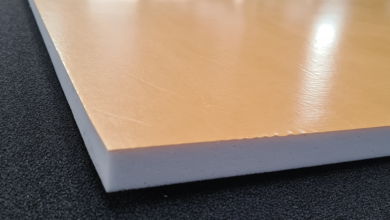The Biggest Problem With Global Horizontal Irradiance Solar, And How You Can Fix It

Global Horizontal Irradiance solar data is a powerful tool for optimising solar energy systems. It provides critical information about solar radiation levels, helping solar professionals make informed decisions. However, like any tool, GHI data is not without its challenges. In this article, we’ll explore the biggest problem associated with GHI solar data and offer practical solutions to address it.
How to Fix It:
- Quality Control and Data Validation: Implement a robust quality control process to identify and rectify inaccuracies in GHI data. This includes regular sensor calibration and maintenance, data validation against ground-truth measurements, and automated data cleaning algorithms to filter out outliers and anomalies.
- Data Fusion: Enhance the reliability of GHI data by integrating it with complementary datasets, such as satellite-based irradiance data or local weather station measurements. This fusion of data sources can help cross-verify GHI values and improve accuracy.
- Site-Specific Calibration: Consider calibrating GHI data for specific project sites. Local conditions, such as terrain and vegetation, can influence solar radiation levels. Site-specific calibration ensures that GHI data aligns more accurately with the actual solar resource at a given location.
- Machine Learning and AI: Leverage machine learning and artificial intelligence algorithms to predict and correct potential inaccuracies in real-time. These advanced technologies can continuously analyse incoming GHI data and adjust for discrepancies, enhancing data accuracy over time.
- Historical Analysis: Conduct a historical analysis of GHI data to identify patterns and trends. This retrospective examination can help you understand the data’s reliability over time, allowing for adjustments in system design and performance modelling.
- Redundancy and Backup Systems: To mitigate the impact of data failures, implement redundancy and backup systems for GHI data collection. Multiple sensors or data sources can provide failover options in case of primary data source failures.
Ground-Based Sensors and Remote Sensing Integration: Incorporate ground-based sensors and remote sensing technologies to validate and improve GHI data accuracy. Ground-based pyranometers and radiometers can provide on-site measurements that serve as reference points for validating GHI data. Additionally, remote sensing technologies such as LiDAR (Light Detection and Ranging) and sky imagers can capture atmospheric conditions, cloud cover, and aerosol properties, allowing for more precise corrections to GHI data based on real-time atmospheric conditions.
Conclusion:
While data inaccuracies are a significant challenge with Global Horizontal Irradiance solar data, they are not insurmountable. By adopting a combination of quality control measures, data fusion techniques, site-specific calibration, advanced technologies like machine learning, and redundancy, solar professionals can address this problem effectively. With accurate GHI data, solar energy systems can be designed, operated, and maintained with greater precision, maximising energy production and project success.





